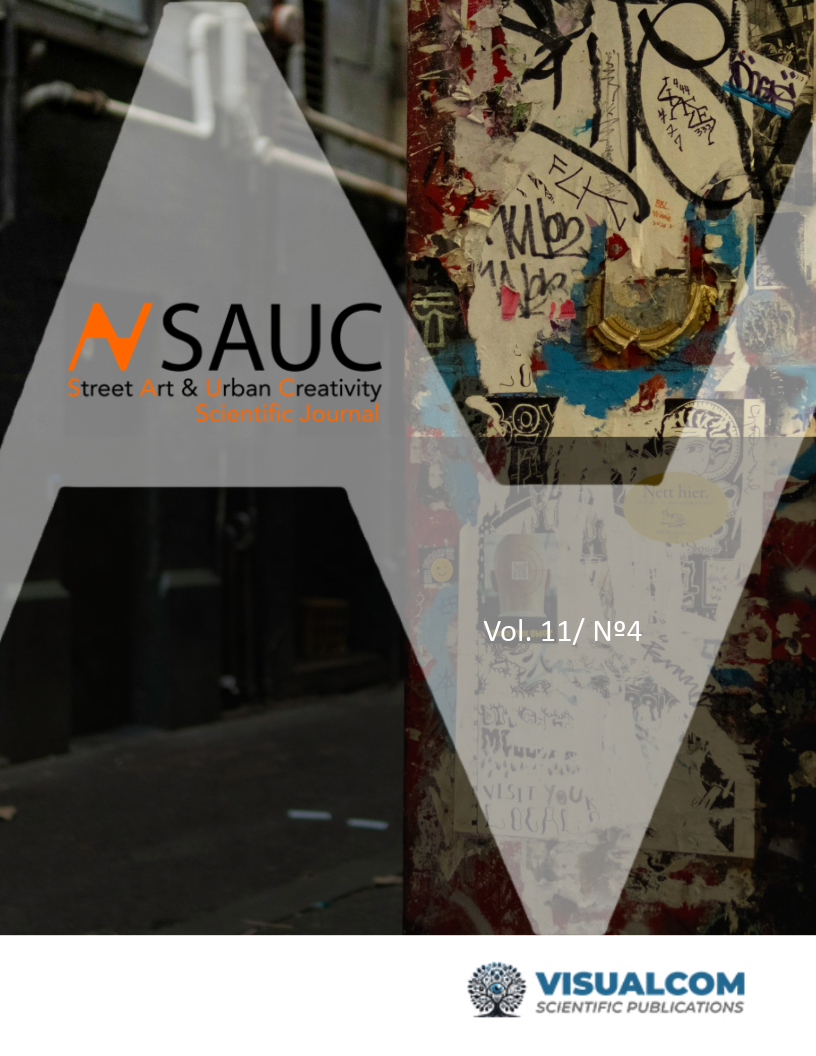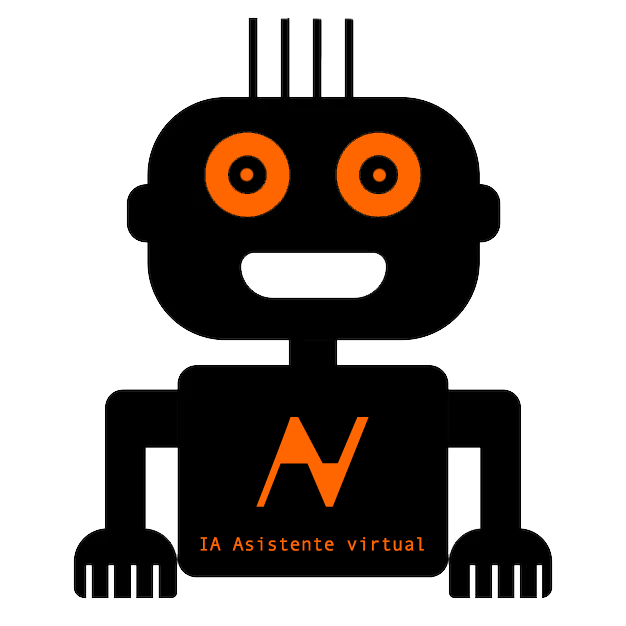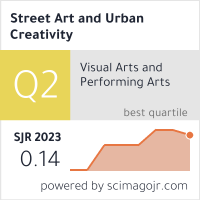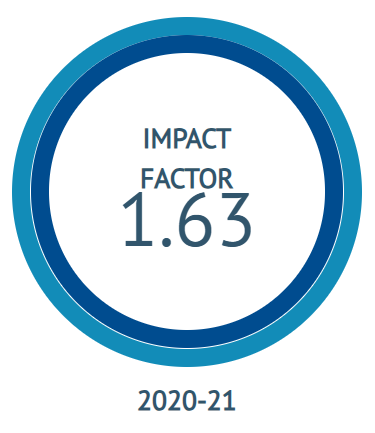Augmented reality and new technologies applied to film related tourism in spain
DOI:
https://doi.org/10.62161/sauc.v11.5793Keywords:
Cinema, Tourism, Technology, Augmented reality, Virtual reality, Val del OmarAbstract
This research article aims to analyze the phenomenon of film tourism in Spain, assess its impact on the country's tourism industry, and propose how new technologies could contribute to its development. Spain, famous for its rich cinematic history and the diversity of attractive locations that have been the setting for numerous productions, attracts both film enthusiasts and tourists. Through a multidisciplinary approach, we will explore the main film destinations in Spain. We analyze how an application that allows tourists to visualize exactly the filmed sequences in a specific location can enhance their experience and increase their satisfaction. We evaluate the benefits and possibilities that new technologies offer, as well as the challenges and future opportunities they present. Additionally, we will examine how the use of mobile applications that link film locations with the experiences generated by film tourism would improve the user experience.
Downloads
Global Statistics ℹ️
|
230
Views
|
143
Downloads
|
|
373
Total
|
|
References
Alonso-Almeida, M.M. and Ribeiro, C. (2018) Use of Social Media within tourism travel behaviour, Social Networks and Travel Behaviour. Milan.
Alonso-Almeida, M.M. & Ribeiro, C. (2016) Use of social networks on travel decision making, Social Networks and Travel Behaviour 5MC & WGs Meetings, Bucharest.
Alonso-Almeida, M.M. (2018) El nuevo materialismo del siglo XXI: Luces y sombras, Colección Real Academia Europea de Doctores. Barcelona.
Benioff, D., & Weiss, D. B. (Creators). (2011–2019). Game of Thrones [TV series]. HBO.
Bowen, J. & Whalen, E.: (2017). Trends that are changing travel and tourism. Worldwide Hospitality and Tourism Themes, (6), 592-602. https://doi.org/10.1108/WHATT-09-2017-0045
Dieck, M.C. & Jung, T.H. (2017) Value of augmented reality at cultural heritage sites: A stakeholder approach. Journal of Destination Marketing & Management, 6(2), 110-117. https://doi.org/10.1016/j.jdmm.2017.03.002
González, Y & Barrera, E. (2010). Residuos.Ciudades Creativas
González, Y. (Fotógrafa). (2011). Fotos de lugares de Aguaespejo granadino [Fotos]. España.
Granada Historical Archive. (1954). Repair of the Cuesta Santa Inés «Pilarejo de Agreda» [Documentary unit]. ES.18087.AMGR. Municipal Works Files, Fomento / Obras y Urbanismo.
Hertzfield, E. (2016) Will robots ever replace guestroom mini bars. https:/.ho telmanagement.net/tech/will-robots-ever-replace-guestroom-minibars
Historical Archive of Granada. (1953). File on the budget for the replacement of the Agreda pillar in the Cuesta de Santa Inés [Documentary unit]. EN.18087.AMGR. Signature: C.03157.0244.
Höllerer, T., & Feiner, S. (2004). Mobile augmented reality. En H. A. Karimi (Ed.), Telegeoinformatics: Location-based computing and services (pp. 222-241). Taylor & Francis Books Ltd.
Ivanov, S., Webster, C. and Berezina, K. (2017). Adoption of Robots and Service Auto- mation by Tourism and Hospitality Companies, Revista Turismo & Desenvolvimento, 27/28, 1.501-1.517. https://ssrn.com/abstract=2964308.
Jeng, M.Y., Pai, F.Y. and Yeh, T.M.: (2019). The virtual reality leisure activities experience on elderly people. Applied Research in Quality of Life, 12(1), 49-65. https://doi.org/10.1007/s11482-016-9452-0
Lin, J. (Director). (2013). Fast & Furious 6 [Film]. Universal Pictures.
Mann, S., Furness, T., Yuan, Y., Iorio, J., & Wang, Z. (2018). All Reality (R): Multimediated reality continuum as a multidimensional taxonomy of realities.
Mohanty, P., Hassan, A., & Ekis, E. (2020). Augmented reality for relaunching tourism post-COVID-19: Socially distant, virtually connected. Worldwide Hospitality and Tourism Themes, 12(6), 753-760. https://doi.org/10.1108/WHATT-07-2020-0073
Muñoz-Sajama, M., Aracena-Pizarro, D., Cornejo-Mejias, R., & Navarrete-Álvarez, M. (2018). An augmented reality application for exploring the heritage site «Aldea de San Lorenzo». Ingeniare. Chilean Journal of Engineering, 26(1), 65-76. https://doi.org/10.4067/S0718-33052018000500065
Portalés Ricart, C. (2018). Entornos multimedia de realidad aumentada en el campo del arte [Tesis doctoral, Universitat Politècnica de València]. Repositorio Institucional UPV. https://riunet.upv.es/handle/10251/3402
Presentation-studiodemoscopico (2018) imagen Cotec Available 16 March 2018.
Santos, M.J.: (2017) Regulación legal de la robótica y la inteligencia artificial: retos de futuro Legal regulation of robotics and artificial intelligence: future challenges. Revista Jurídica de la Universidad de León, 4, 25-50. https://doi.org/10.18002/rjule.v0i4.5285
Seo, B. K., Kim, K., & Park, J. I. (2011). Augmented reality-based on-site tour guide: A study in Gyeongbokgung. En R. Koch & F. Huang (Eds.), Computer vision – ACCV 2010 workshops. ACCV 2010. Lecture notes in computer science (pp. 276-285). Springer. https://doi.org/10.1007/978-3-642-22819-3_28
Trevino, J., & Suzuki-Sakamoto. (2013). Extrapolation of ambisonic recordings from stereo sources. [Conference presentation].
Val del Omar, J. (Director). (1955). Aguaespejo granadino [Film]. España: Productora Independiente.
Downloads
Published
How to Cite
Issue
Section
License
Copyright (c) 2025 Authors retain copyright and transfer to the journal the right of first publication and publishing rights

This work is licensed under a Creative Commons Attribution-NoDerivatives 4.0 International License.
Those authors who publish in this journal accept the following terms:
-
Authors retain copyright.
-
Authors transfer to the journal the right of first publication. The journal also owns the publishing rights.
-
All published contents are governed by an Attribution-NoDerivatives 4.0 International License.
Access the informative version and legal text of the license. By virtue of this, third parties are allowed to use what is published as long as they mention the authorship of the work and the first publication in this journal. If you transform the material, you may not distribute the modified work. -
Authors may make other independent and additional contractual arrangements for non-exclusive distribution of the version of the article published in this journal (e.g., inclusion in an institutional repository or publication in a book) as long as they clearly indicate that the work was first published in this journal.
- Authors are allowed and recommended to publish their work on the Internet (for example on institutional and personal websites), following the publication of, and referencing the journal, as this could lead to constructive exchanges and a more extensive and quick circulation of published works (see The Effect of Open Access).













